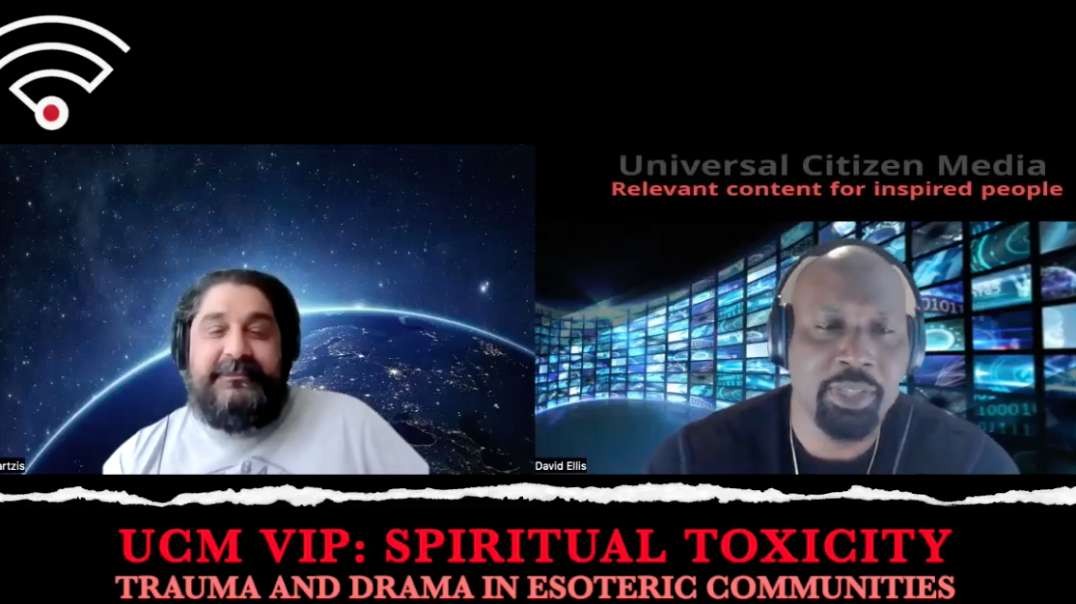Complex Trauma in Children Counselor Toolbox Episode 116
A direct link to the CEU course is a https 3A 2F 2Fwww allceus com 2Fmember 2Fcart 2Findex 2Fproduct 2Fid 2F158 2Fc 2F a Subscribe to the podcast at a https 3A 2F 2Fallceus com 2FCounselorToolbox a AllCEUs provides counseloreducation and CEUs for LPCs LMHCs LMFTs and LCSWs as well as addiction counselor precertification training and continuing education Live Interactive Webinars 5 a https 3A 2F 2Fwww allceus com 2Flive-interactive-webinars 2F a Unlimited Counseling CEs for 59 a https 3A 2F 2Fwww allceus com 2F a AddictionCounselor and RecoveryCoach a https 3A 2F 2Fwww allceus com 2F a certificate-tracks Pinterest drsnipes Nurses addiction and mentalhealth counselors socialworkers and marriage and family therapists can earn CEUs for this and other presentations at AllCEUs com This presentation is based in part upon a white paper from the National Child Traumatic Stress Network Complex Trauma in Children and Adolescents 2003 Child-Witnessed Domestic Violence and its Adverse Effects on Brain Development a https 3A 2F 2Fwww ncbi nlm nih gov 2Fpmc 2Farticles 2FPMC4193214 2F a The Adverse Childhood Experiences Study a https 3A 2F 2Fwww cdc gov 2Fviolenceprevention 2Facestudy 2F a Objectives Define complex trauma Define and explore Adverse Childhood Experiences Highlight the cost of complex trauma Examine the impact and diagnostic issues of complex trauma What is Complex Trauma Exposure to traumatic events plus the short and long term impact of exposure resulting in Emotional dysregulation Loss of safety Inability to detect or respond to danger cues Inability to detect or respond to internal cues Generalization of cues More About Complex Trauma Complex Trauma is most likely to develop if the danger is unpredictable and uncontrollable p 8 The greatest source of danger unpredictability and uncontrollability is the absence of a caregiver who reliably and responsively nurtures and protects the child Adverse Childhood Experiences ACEs measured in the study include Physical sexual emotional abuse Physical or emotional neglect Mother treated violently Substance misuse within household Household mental illness Parental separation or divorce Incarcerated household member Could happen anytime prior to 18th birthday Two thirds of the 17 000 people in the ACE Study had at least one ACE 7 Domains of Impairment Attachment Biology Affect Regulation Dissociation Behavioral Regulation Cognition Self-Concept Attachment Disorganized Lack of co-regulation Erratic behavior in young kids clingy dismissive aggressive Adolescents behavior can be extreme rigid and themed helplessness or coercive control primitive survival Poor Attachment Symptoms Interventions Uncertainty about reliability and predictability of the world and their own gut Cognitive Processing Therapy Use Mindfulness to Increase self and other awareness Improve ability to communicate wants needs and ask for help Create structure and stability Correct the behaviors and love the child Poor Attachment Symptoms Interventions Problems with boundaries Teach about emotional social and physical boundaries and healthy relationships Behavioral Control Impairments Poor modulation of impulses Self-destructive behavior Aggression Pathological self soothing behaviors Oppositional behavior Difficulty complying with rules Re-enactment of prior trauma in daily behaviors Problems with Cognition Difficulties in attention regulation Lack of sustained curiosity Difficulty processing new information Deficits in object constancy Problems with orientation to time and space Problems understanding own contribution to what happened to them The Good News Stressors early or later in life that are predictable escapable or controllable or in which responsive caregiver contact is available and safe opportunities for exploration are reinstated tend to Increase hippocampal and prefrontal cortex neuronal functioning Behaviorally enhance curiosity working memory anxiety management and the ability to nurture Good News cont Restoration of secure caregiving after early life stressors has a protective effect reducing long-term biological and behavioral impairment even if a only visual not tactile or symbolic contact with the caregiver is possible b the sociophysical environment is severely impoverished c the caregiver is not the biological parent Summary Millions of children in the US are abused or neglected each year This maltreatment often leads to negative emotional social physical consequences that can last a lifetime When put in context at the time the behaviors were learned behavioral issues often make sense Recovery requires learning to trust self develop a healthy social support system re-examine learning experiences through a different lens
-
Select a category






















There no comments on your videos ATM